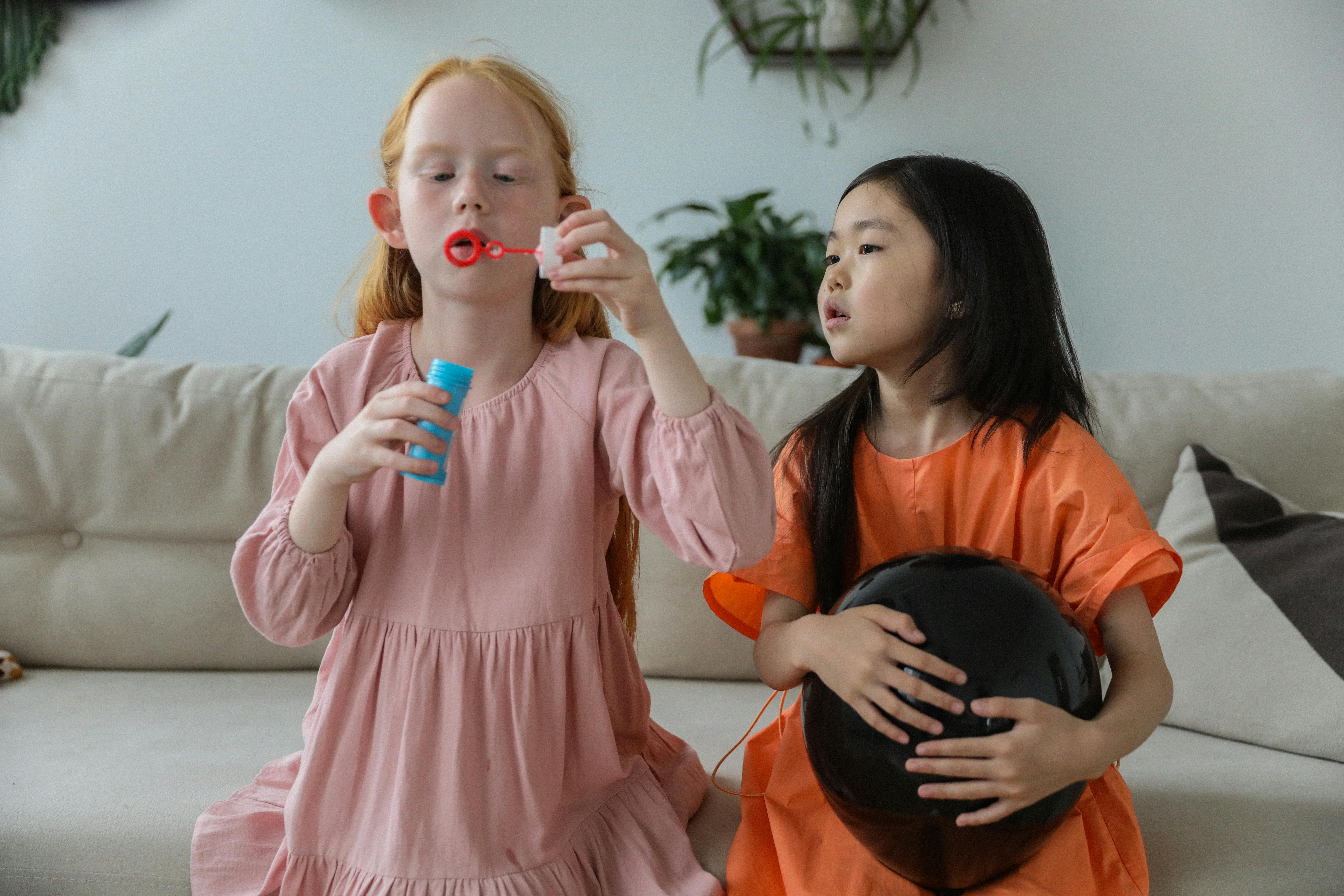
How to protect new piercings while tanning
Fashion is something that practically everyone can identify with, be it a man, a woman or a child. One of the oldest fashion trends for both genders is shallow piercings. Body piercings date back to the dawn of mankind, from the ancient Egyptians with stretched out earlobes and lower lips, to ornamental tribal piercings and similar body modifications. Although these civilizations primarily used piercing and stretching for spiritual and cultural purposes, these same trends can be seen in today’s society as a form of fashion.
Today, we have the technology and the medicine to ensure that shallow piercing is safe; however, it is up to you to ensure that your pierced skin remains in good condition while it heals. One of the biggest mistakes you can make is neglecting your piercing aftercare. Not only should you keep your piercing clean and intact, you should also protect it from excessive heat and sun exposure. This includes taking certain precautions when tanning, whether in bed or in the sun. Read on to learn how to protect your new surface piercing while you tan.
surface perforations
Superficial piercings are different from traditional ones as they don’t go all the way through the skin and come out the other side; as well as ear and navel piercings. Superficial piercings are often seen on the face, upper lip, or cheek. They are also commonly seen on abdomens, arms, and more.
It’s important to protect regular pierced areas when new, but shallow piercings require even more consideration when tanning. You’ll basically treat a surface piercing the same way you would a regular one when tanning, but it’s important to take a few extra precautions so you don’t get an infection.
To do:
If your piercing is very new, you should avoid tanning and sun exposure altogether. Wait at least a week before tanning to make sure no infection has formed as a result of the actual date. If you were to get a sunburn around the pierced skin, the piercing would take even longer to heal, as well as cause more pain and discomfort, as well as permanent scarring. It also opens you up to a higher risk of post-piercing infection.
Whether you have a superficial piercing or a regular piercing, the first step you should take before tanning is to thoroughly clean the area. Use an antibacterial soap, clean water, and a clean rag to remove any dirt or germs. Instead of soap, you can also use antiseptic liquids like hydrogen peroxide or rubbing alcohol.
Once it’s clean, make sure you don’t apply sunscreen, suntan lotion, or oil near the area. This can also cause infection, pain, swelling, and discomfort.
To avoid sunburn and product contamination, cover the pierced skin with a bandage. Just make sure the adhesive from the bandage doesn’t get into the hole of your piercing. For added security, consider covering the bandage with another bandage, such as medical gauze or a clean washcloth. In fact, this is recommended for larger surface drilling.